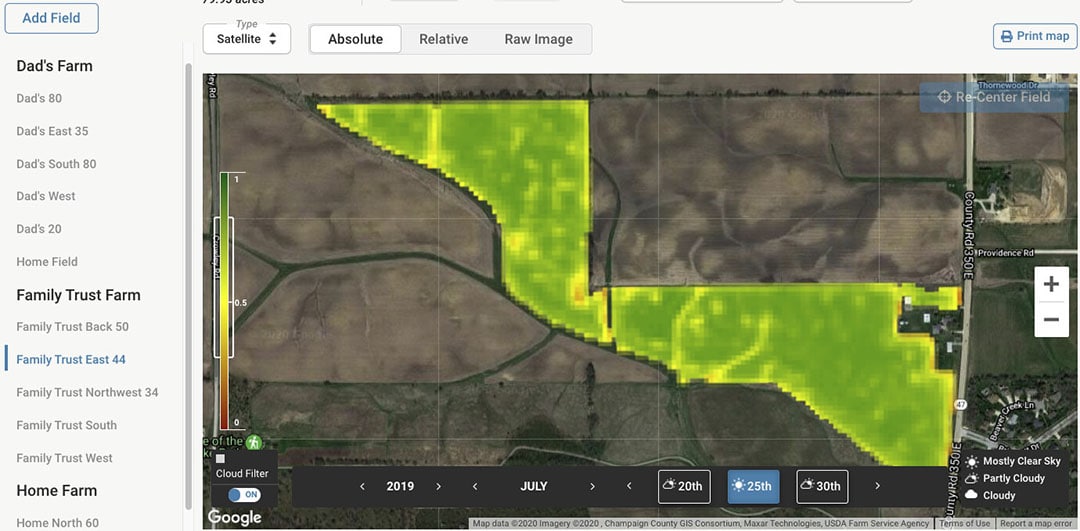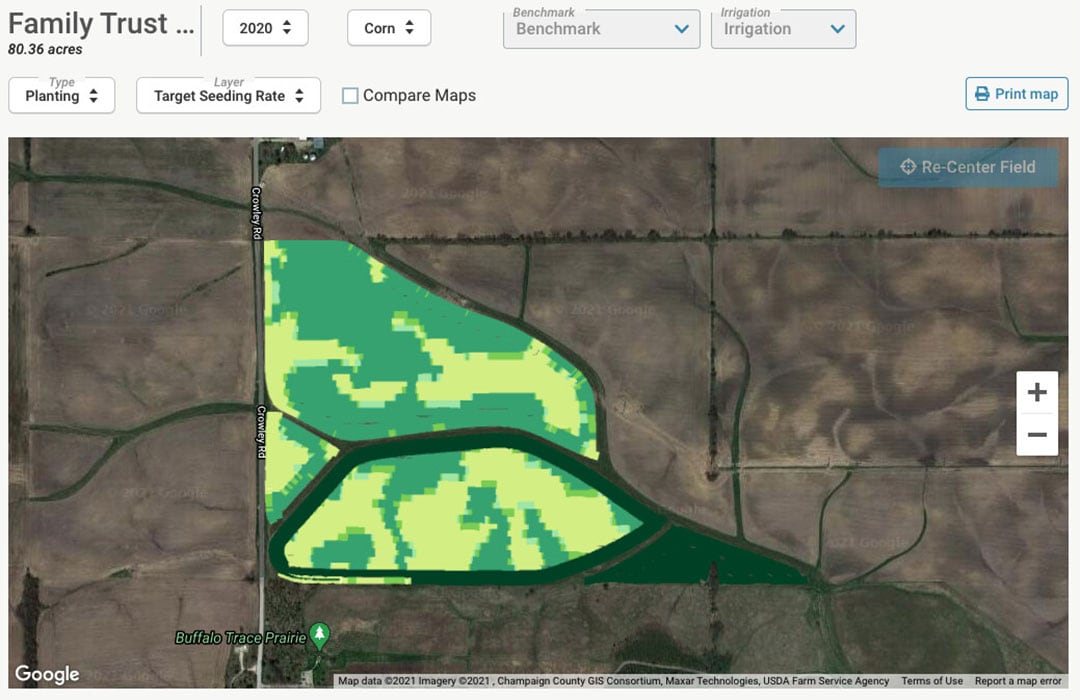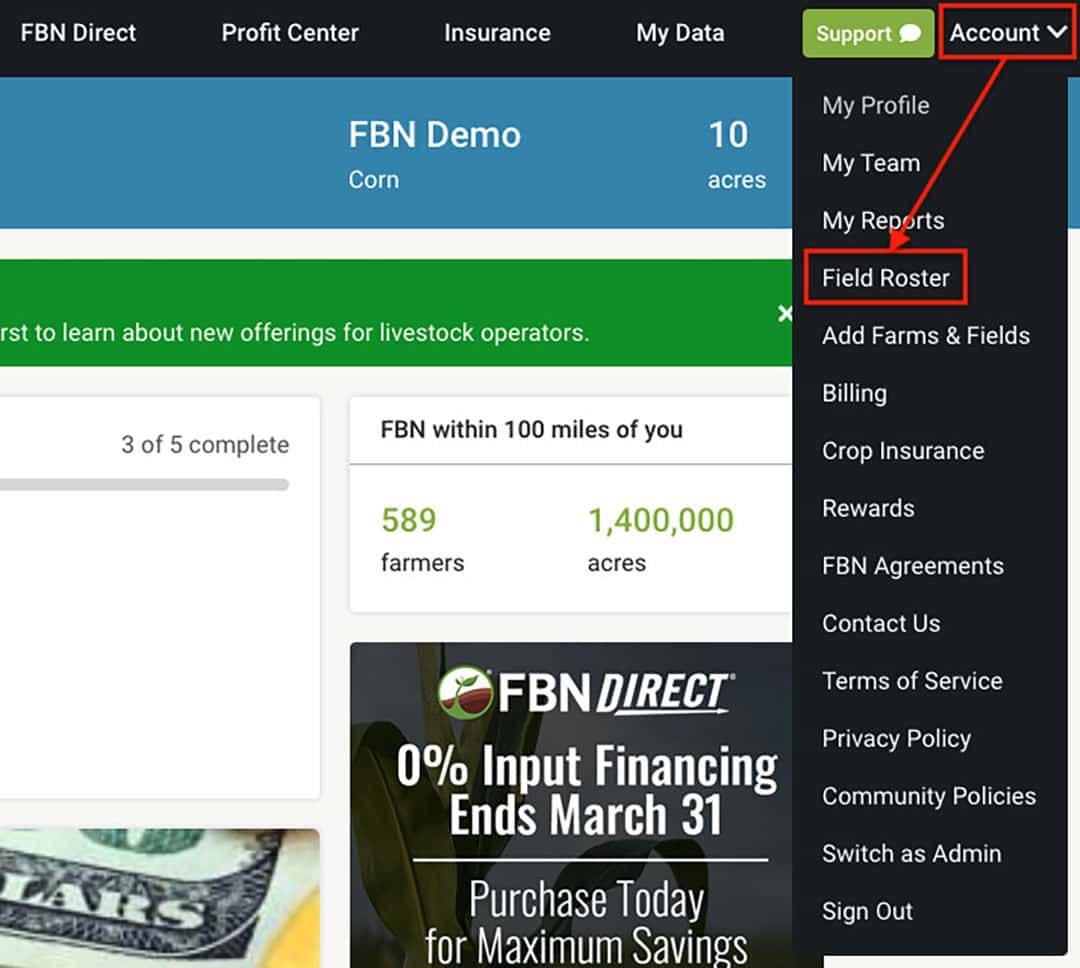How to make data work for farmers

Has Farmers Business Network found the holy grail of making data work for farmers?
There is power in numbers. This is something of which humanity has always been well aware. For millennia, members of various groups have shared knowledge or contributed in some other way to a group effort, and then shared the resulting benefits at an individual level.
Track crop results
Among farmers, the concept of sharing information with each other is as old as the occupation. In recent years, as precision agriculture emerged, this information exchange was massively scaled up. The world’s largest equipment manufacturers got into the game, building on their GPS tractor steering systems to enable farmers to track crop results from year to year and field to field – and to also compare results with other farmers.
However, a few years ago, a disruptor came on the scene, one that has taken the power of numbers in farming to an entirely new level, with data and on many other fronts.
Farmers Business Network: A bit of history
It was back in 2013 that two Silicon Valley, California-based entrepreneurs, Charles Baron and Amol Deshpande, started to create Farmers Business Network (FBN). At that time, and still today, companies that offer precision ag services don’t tend to compensate farmers for use of their data, and farmers have no choice in whether or how their information is used by companies (one use is continued product development).
To change this, Baron and Deshpande raised millions of dollars in investment capital, but they decided not just to focus on data, but to empower farmers to get better prices and services as well.
Text continues underneath image

Compare prices and purchase inputs online
In 2016 in the US (and a year later in Canada) FBN launched an online site where its members could compare prices for seed varieties. The system expanded to allow comparisons of the prices of other crop inputs. Then, the ability to purchase inputs was added, and FBN now offers 1,200 inputs. (It is also breeding and marketing its own soybean and corn varieties in the US).
FBN members can now also access input low-cost input financing and crop insurance, and even health insurance. The company has declared in its marketing material that some of its members are saving tens of thousands of dollars annually.
FBN’s disruption of farm input purchasing seems to have come up against resistance. Last year, FBN launched a complaint with the Competition Bureau in Canada, alleging that input companies BASF, Corteva, Bayer and Cargill had stopped supplying FBN or restricted its supply. FBN alleged that this was a threat to its expansion in the Canadian marketplace and perhaps even its existence. In February 2020, a Canadian federal court ordered several companies to comply with the Competition Bureau’s investigation into the matter, and also whether some of these firms had acted in co-ordinated manner against FBN.
Data services
However, a big part of the FBN vision is for farmer-members to benefit from the power of ‘big data.’ But before we look at what data is provided to members, let’s look at the structure of how data is shared. Members always had the option to submit as much data as they liked to the pool to be analyzed, with FBN keeping data ‘in house’ and anonymous. Results from aggregated data analysis is shared among all members.
When asked what percentage of members/users provide information voluntarily, FBN’s Vice President of R&D Matt Meisner says this question is not going to be answered because of privacy concerns. “But we can say that we have a network data set that is based on over 270 million acre-events of agronomic data,” he says, “over 6,200 seeds with yield data in ‘Seed Finder,’ over 100,000 invoices and over 35,000 seed labels.”
Over 25,000 members worldwide
There was a fee for membership (recently € 542/year for Canadian members) but this was removed in September 2020 so that, FBN stated, farmers could keep more of their profits. In the last six months, FBN claims that they have added over 10,000 new members, and that as of May 2021, membership had exceeded 25,000 worldwide. These farm businesses cover 70 million acres in the US, Canada and Australia.
Until the end of August 2021, FBN is also running a referral program that rewards existing members for referrals and also the new members they have signed up.
Text continues underneath image

Service levels
Any member (just by creating an account, which is free) can access reports such as the FBN seed relabeling report and price transparency report. They can also view the FBN community forum and purchase from the FBN store. “If they create a field boundary (that is, identify a piece of land that’s in their operation), they can then access field-level soil maps, terrain maps, weather data, and satellite imagery/crop health monitoring,” says Meisner.
“I don’t really consider submitting field boundaries to be ‘submitting data,’ but it is a little bit more personal that just creating an account. Otherwise, other features are then ‘gated’ on contribution. Seed finder, benchmarking and yield predictions require [submission of] agronomic data. Price transparency requires invoice submission. Seed relabeling information requires seed tag submission.”
Meisner also explains that FBN makes it “as easy as possible for growers to share data. FBN has a team of data specialists who help growers seamlessly upload data, a platform that integrates data from any precision system, a mobile app that makes uploads easy and convenient, and API integrations with major equipment companies.” (API stands for ‘Application Programming Interface,’ a software intermediary that allows two applications to communicate.)
Soil sampling and recommendations
For a small cost, members can also access the ‘Gradable Plan,’ which includes soil sampling and associated specific recommendations. Gradable is another FBN program “for scoring, sourcing, and pricing low-carbon grain from farm-to-fork.” ‘Gradable Carbon’ assists farmers to generate and market carbon credits.
At the same time, FBN is planning to launch more offerings, “focused on creating transparency, competition and helping you lower your costs and increase your profit potential.”
When asked for details, Meisner did not provide any. “Our goal is to constantly provide farmers with the tools they need to maximize ROI,” he says, “whether that’s through lower input costs, higher-performing seeds, price transparency on equipment, cutting-edge crop marketing insights, less expensive health insurance, and much, much more.”
Text continues underneath image

Value of FBN data
Steve Shirtliffe, professor in the department of Plant Science at the University of Saskatchewan and a keen observer of farm data use trends, explains that ultimately, the value of data analytics for an individual farmer relates to how much data from farmers in the vicinity are using similar cropping practices and inputs.
“There is a lot of value in sharing data, and lot of power in big data if you can remove the confounding variables,” he notes. “If it is simple measure, like the price of a product or input it is quite easy to evaluate – either pick the highest price if you are selling or the lowest if you are buying. However, for more complex measures such as the response of crop yield to the rate of an input or a variety, there are many other factors such as weather and soil that affect that response.”
Automatically conduct experiments on farmers fields
Shirtliffe says in cases like this, the use of big data may require a more complicated analysis to remove these other factors that that can affect the response. “For example in a really dry year like 2021 we probably won’t see much of a response to fungicides – does that mean that fungicides shouldn’t be used?” he asks. “My group is currently looking at methods to automatically conduct experiments on farmers fields using new designs and tools. We are hoping this MORSE technology can bridge this gap between big data and small plot experiments.”
Join 17,000+ subscribers
Subscribe to our newsletter to stay updated about all the need-to-know content in the agricultural sector, two times a week.



